Dinosaur fossils found in southeastern Australia reveal a unique ecosystem unlike any other in the world.
The research, published in the Journal of Vertebrate Paleontology, describes a hierarchy of predators in Cretaceous Australia which is unlike ecosystems anywhere else.
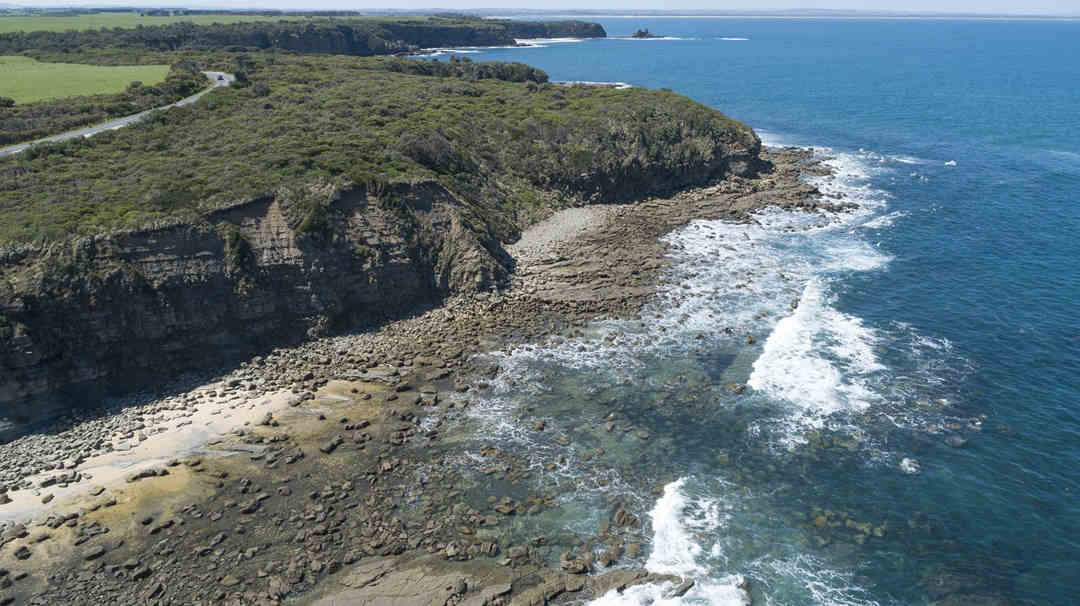
The fossils were unearthed along the coast of the state of Victoria. They are from the roughly 120-million-year-old Strzelecki Group on the state’s eastern Bass Coast, and the Eumeralla Formation in the western Otway Coast, dating to about 110 million years ago.
One of the finds is the oldest megaraptorid dinosaur in the world. Another is the first evidence of a carcharodontosaur on the continent.
Which carnivore ruled the dinosaurs in Australia?
The undisputed ruler of southeastern Australia during the Cretaceous period (145–66 million years ago) was the megaraptorid.
This meat-eating therapod dinosaur would have reached 6 to 7m in length. Among the fossils are the 2 oldest examples of megaraptorids anywhere in the world. The carnivore’s remains have been found at both Victorian sites, although they are about 200km apart.
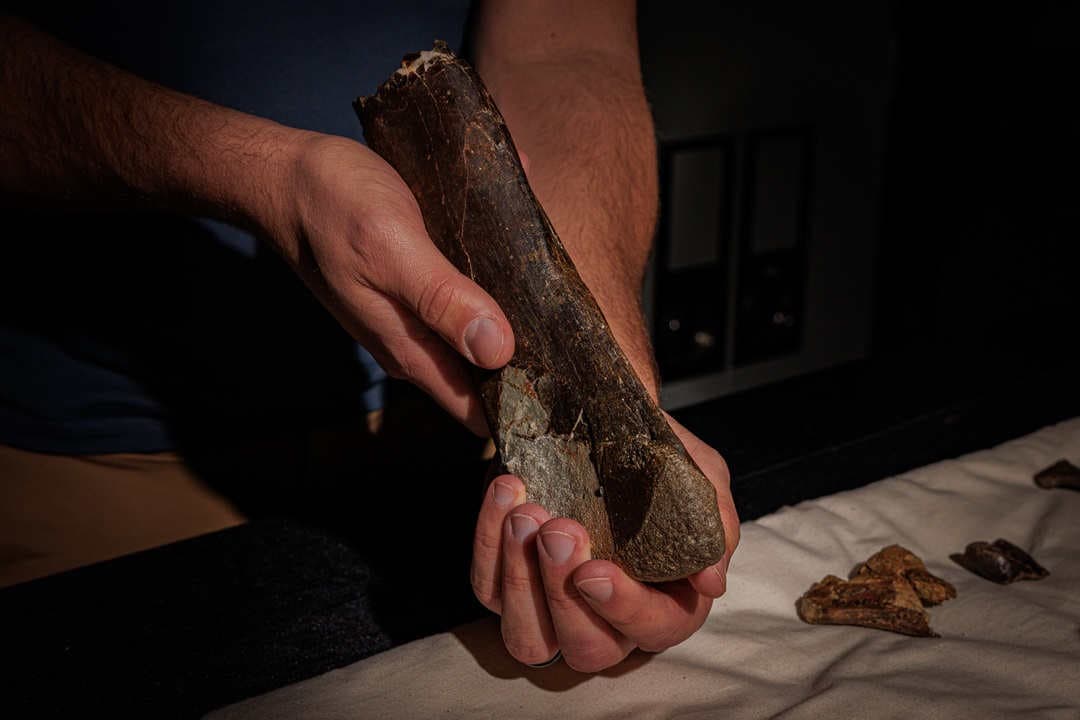
Megaraptorids have been found in Australia before.
These dinosaurs were previously thought to be part of the same group of meat-eating dinosaurs as Allosaurus which roamed North America during the Jurassic period.
Australovenator – described in 2009 – is a megaraptorid found in Queensland in the country’s north which also would have grown to about 6m long.
Victoria’s megaraptorid hasn’t yet been ascribed a species due to limited fossils.
The real surprise is that another carnivorous dinosaur belonging to a group called Carcharadontosauridae was found. Elsewhere in the world, this group grew massive and ruled. But in Australia, the carcharadontosaur was smaller than the megaraptorid, growing to just 2 to 4m.
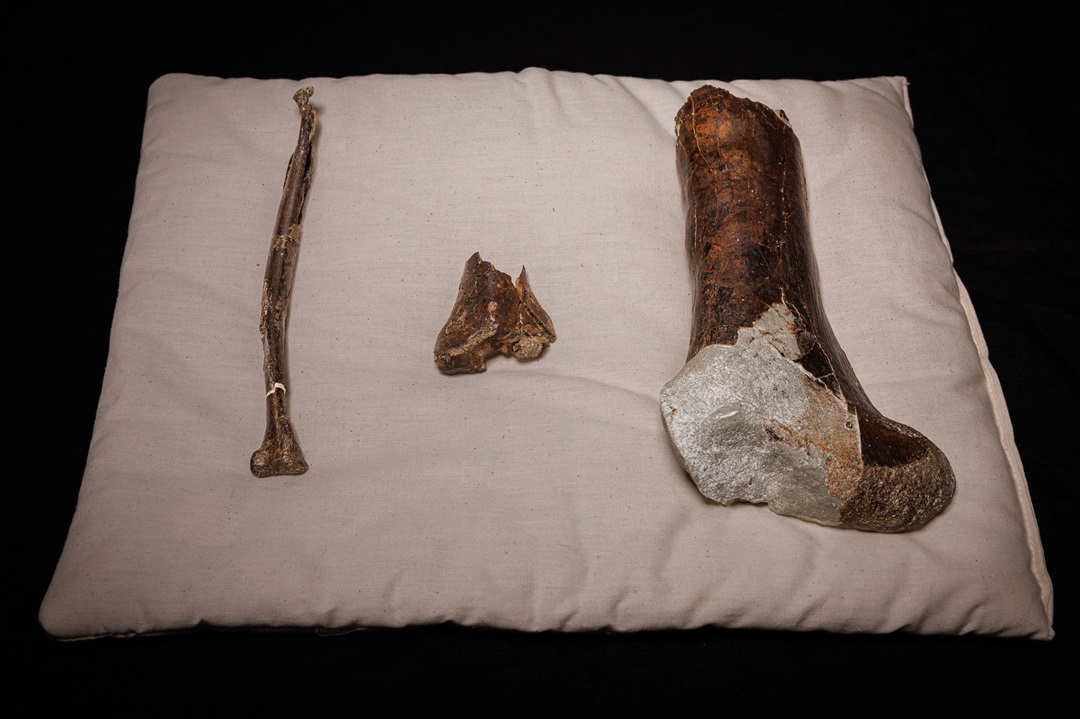
“The discovery of carcharodontosaurs in Australia is groundbreaking,” says first author Jake Kotevski, a researcher at the Museums Victoria Research Institute and PhD student at Melbourne’s Monash University.
“It’s fascinating to see how Victoria’s predator hierarchy diverged from South America, where carcharodontosaurs reached Tyrannosaurus rex-like sizes up to 13 metres, towering over megaraptorids. Here, the roles were reversed, highlighting the uniqueness of Australia’s Cretaceous ecosystem.”
It is, after all, the land down under – so why shouldn’t Australia’s dinosaur ecosystems be upside-down as well?
Despite the poor quality of the carcharadontosaur’s remains, the researchers were able to determine that it resembled a dinosaur found in Thailand in 2007–2009 called Siamraptor. The species Siamraptor suwati was named in 2019. It likely grew to twice the length of Australia’s new carcharodontosaur which has, like the Victorian megaraptorid, yet to be ascribed a species name.

There are also fossils of smaller raptors – about 1m long – called Unenlagiidae, or “southern raptors”. These would have been a little smaller than the Velociraptor found in Asia. This family of raptors had long snouts and feathered bodies.
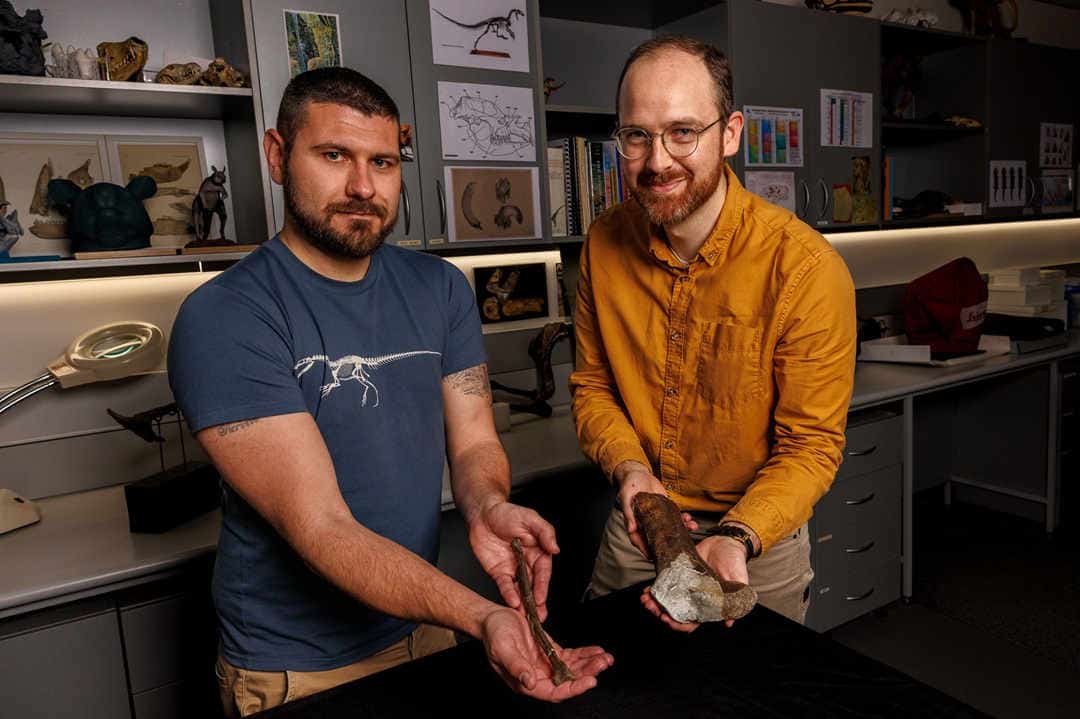
Examples of this carnivorous group have been found in southern landmasses including Australia, South America, Madagascar and even Antarctica – all of which were once part of the supercontinent Gondwana.
A unique ecosystem only getting stranger
Australia during the age of the dinosaurs was an unusual place.
In issue 104 of Cosmos Magazine, I visited the Melbourne Museum to find out how southeastern Australia changed over millions of years. That piece, titled “Victoria through prehistoric time” is available here.
During the Cretaceous period, Victoria was much closer to the south pole than it is today and was attached to Antarctica.
While global temperatures were much higher and the poles weren’t covered by ice caps, dinosaurs in southeastern Australia were still uniquely adapted to live in a strange polar world. For half of the year, the region was shrouded by near or total darkness.
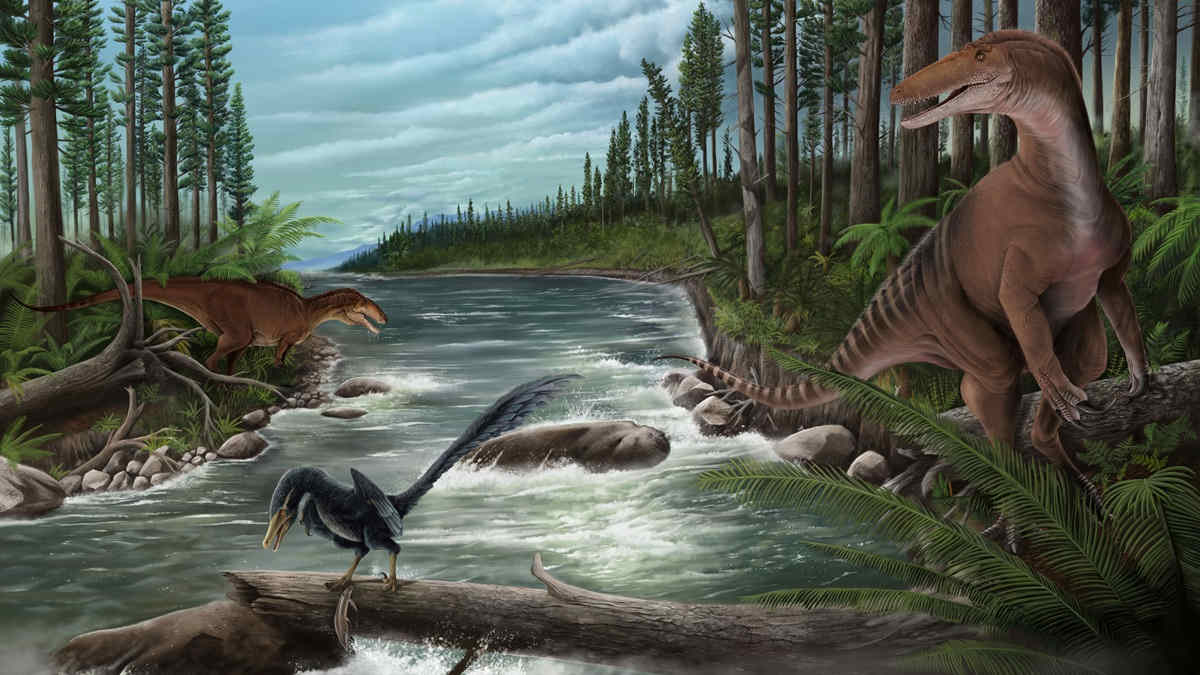
There were thick forests and enormous rivers. Overhead, pterosaurs soared. In addition to the carnivorous theropods were small, plant-eating dinosaurs.
Palaeontologists studying the region have also found ancient turtles, fish and giant amphibians the size of crocodiles.
Perhaps the most significant fossils from southeastern Australia are the continent’s oldest mammals. Tiny shrew – or mouse-sized creatures which could fit in the palm of a human hand, skittered about in the shadows of the land’s dinosaurs.
The new theropod finds add to our understanding of this strange, ancient ecosystem.
“The findings not only expand Australia’s theropod fossil record but offer compelling evidence of faunal interchange between Australia and South America through Antarctica during the Early Cretaceous,” says co-author Thomas Rich, the senior curator of vertebrate palaeontology at Museums Victoria Research Institute.
“The findings also challenge previous assumptions about body-size hierarchies in Gondwanan predator ecosystems highlighting Victoria’s unique Cretaceous fauna.”
Of the fossils, 3 were first identified by Museums Victoria volunteer Melissa Lowery. The museum and Monash University project called Dinosaur Dreaming has led to the discovery of more than 10,000 fossil bones and teeth on Victoria’s coast since it began in 1984.
“Museum collections are crucial to advancing our understanding of prehistoric life,” says co-author Tim Ziegler, vertebrate palaeontology collection manager at Museums Victoria Research Institute. “Specimens preserved in the State Collection for decades – unidentifiable until now – are providing new insights into the evolution of dinosaur ecosystems.”

Source link
Read More
Visit Our Site
Read our previous article: Does Jupiter’s Moon Callisto Have an Ocean? The Evidence is Mounting